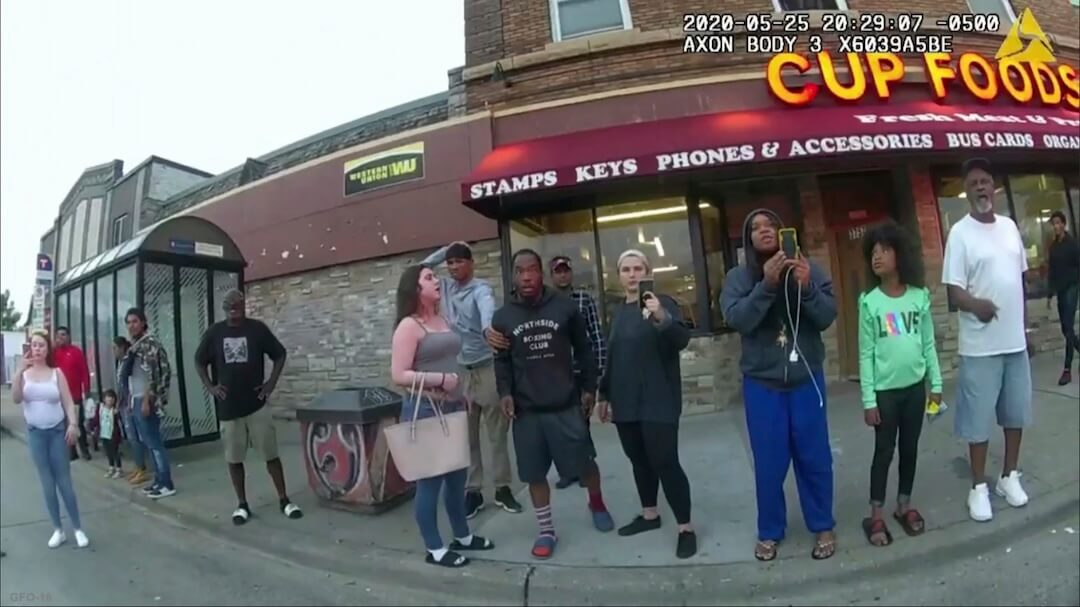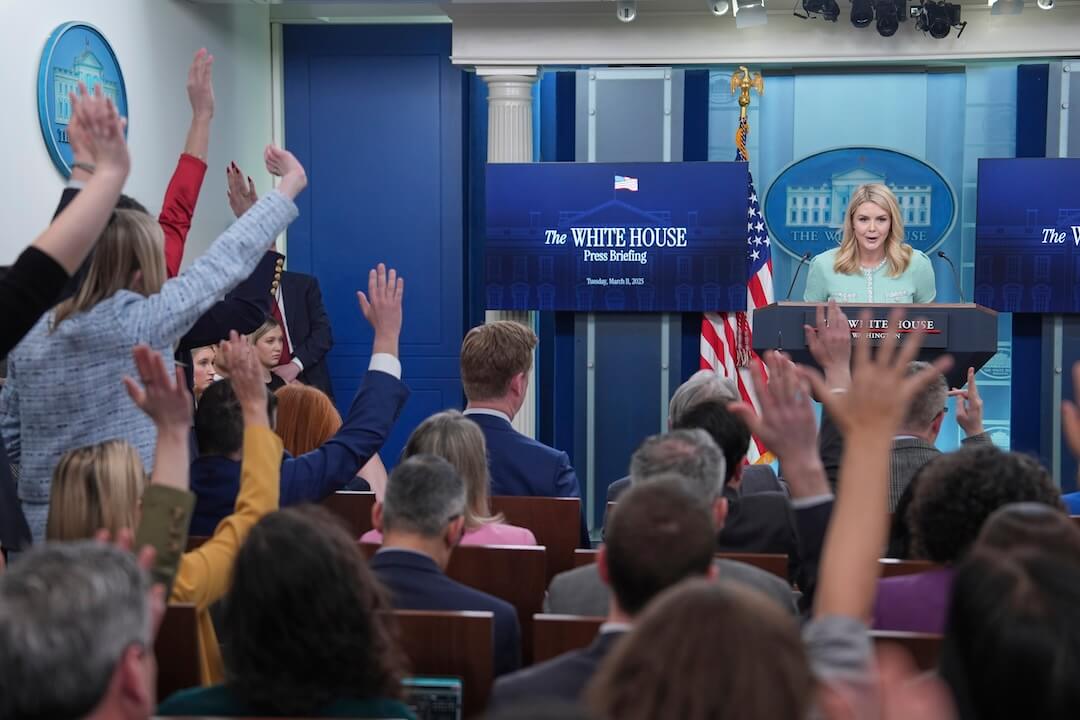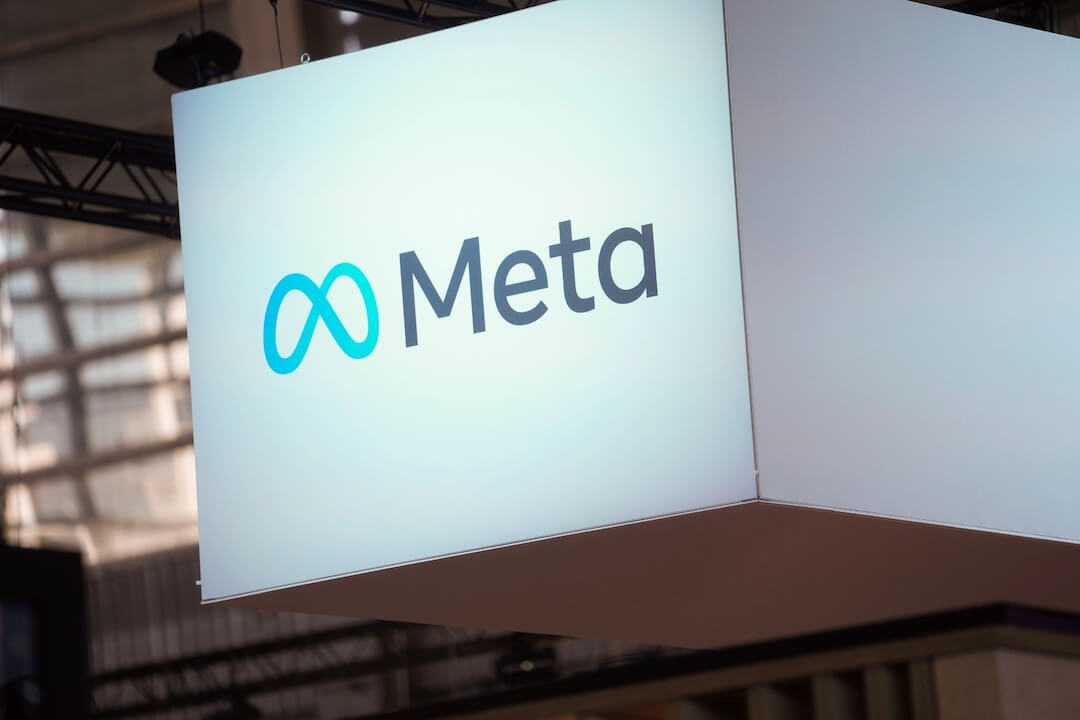In a recent e-mail I was asked, “What are your feelings about all-caps headlines?”
My first thought was that all-caps headlines are for big stories. They are usually short, no more than three words, and are reserved for words like “Devastation,” or “Champions.”
I decided to challenge my thoughts on the matter and consider other scenarios where all-caps might be used. And to explore why we use the headline styles we do.
Basic Rules (Guidelines) of Headline Style
Rules are a funny thing. Once you think you know what they are, someone comes in and changes them. A new editor, a redesign, or a new pagination system can make your trusty stylebook not so trusty.
Down style and Up Style
These are the two most common headline styles used in newspapers today.
Down style means that only the first word and proper nouns are capitalized. Up style refers to the first letter of all major words being capitalized.
Down style is considered to be the most readable, but I find that both are equally legible. We use up-style on Poynter Online for headlines.
A quick tour of the Today’s Pages section on the Newseum site reveals that most papers use down style, and that up style comes in a close second.
But some papers, such as The New York Times, use a mix of styles. Times headlines are up style, italic, and all-caps. Each has a specific function.
ALL CAPITALS
Type set in all capitals is harder to read. When ascenders and descenders are eliminated, words become rectangles and are harder to recognize. This is particularly true for long lines of text.
THE ALL CAPS STYLE IS HARDER TO READ. WHEN ASCENDERS AND DESCENDERS ARE ELIMINATED, WORDS BECOME RECTANGLES AND ARE HARDER TO RECOGNIZE. THIS IS PARTICULARLY TRUE FOR LONG LINES OF TEXT SUCH AS THIS.
Reserve the all-caps style for small amounts of type — one- to three-word headlines, labels, headers, and other navigational items that only use a few words.
Sans Serif typefaces tend to work better in all-caps than serif faces. In this case, the serifs get in the way and erode readability and reading speed.
In addition, using all capitals takes up more space. So the bottom line is to give the all-caps style a function and to know when and why you use it.
Tone and Branding
As always, we end up back at the content. The headline style a paper chooses for a story should reflect the tone and spirit of the story. A story about the legislature probably wouldn’t have the same tone as a shoot-out.
Guidelines for appropriate headline choice can help a lot. If you’re going to go all caps, you need a reason. Liking the way it looks isn’t good enough.
Personality and branding also come into play. What’s right for The New York Times may not be for The Las Vegas Review-Journal. The headline style chosen for a publication is part of its identity.
Take a look at the examples below. “Waves of Death” was a common headline that appeared during the tsunami coverage. Looking at each style, notice the subtle differences and the change in personality of the headline.
The first two examples, set in a serif typeface, show a common headline style that might appear with a daily story. The first is down style and the second is up style. Both are good, solid choices and are emotionally neutral.The third example is the same serif typeface as the first two, but set in all caps. Since type set in all caps takes up more space, the headline is smaller. In this case, the smaller size actually reduces the impact of the headline even though it is set in all caps. The serif letters allow more white to show and the headline takes on a quiet, still personality. It is, perhaps, a better choice for a news feature story.
The last two examples show the headline set in a sans serif typeface in all caps and down style. The all caps version is a good choice for a big breaking news story. It has the impact and drama that will grab the reader’s attention. The down style version, while still strong, lacks the urgency of the all caps headline. Depending on how dramatic the story is, the down style headline might be a better choice for the second-day story or follow-up strories.
Resources
More columns about headlines





